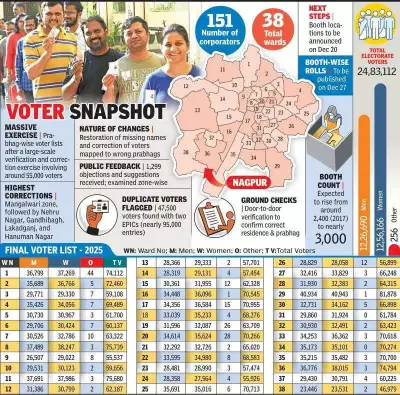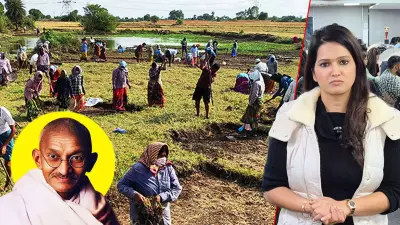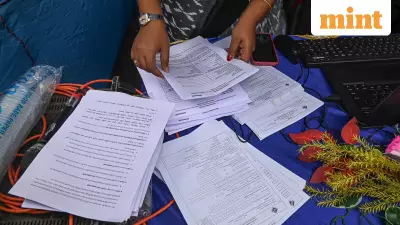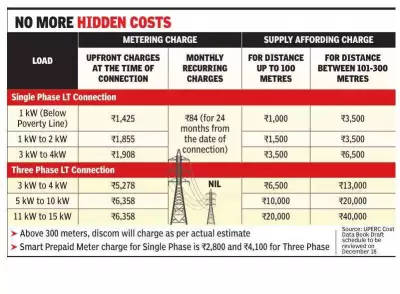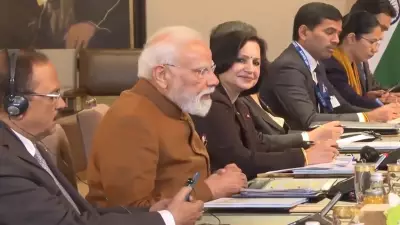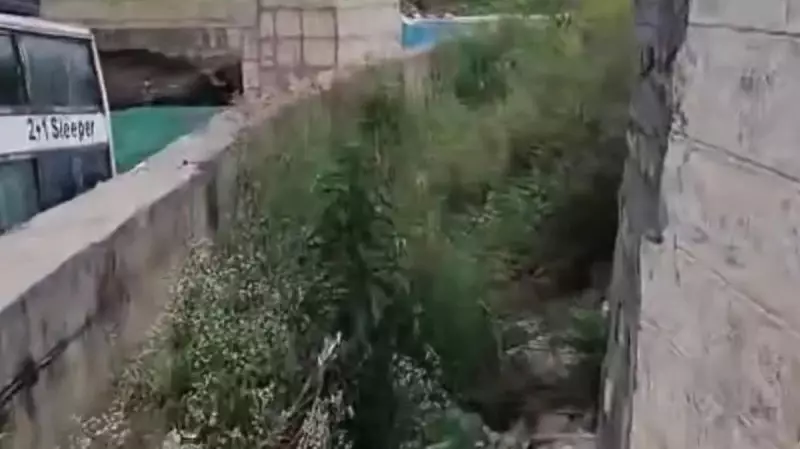
In an inspiring display of community spirit, Bengaluru's residents are spearheading a remarkable urban transformation, turning the city's most neglected and filthy areas into clean, walkable public spaces. This grassroots movement, aptly named 'Walkaluru,' represents a powerful partnership between citizens and civic authorities to reclaim the Garden City's fading charm.
The Awakening of Civic Consciousness
What began as isolated complaints about deteriorating public spaces has evolved into a coordinated city-wide movement. Frustrated by mounting garbage, encroached footpaths, and hazardous walking conditions, Bengalureans decided to move beyond mere protests and take direct action. The movement gained momentum as more residents realized that sustainable change required their active participation rather than waiting for government intervention alone.
Citizen-Led Cleanup Drives Making Visible Impact
Across various neighborhoods, volunteers armed with gloves, masks, and cleaning equipment have been conducting regular cleanup drives. These initiatives target some of Bengaluru's most problematic spots – areas that had become unofficial dumping grounds, plagued by plastic waste, construction debris, and organic refuse. The results have been nothing short of transformative, with several locations seeing dramatic improvements within weeks of intervention.
Collaborative Approach With Civic Authorities
The success of Walkaluru stems from its collaborative model. While citizens provide the manpower and monitoring, Bruhat Bengaluru Mahanagara Palike (BBMP) officials have been responsive in supporting these efforts. The civic body has been providing necessary equipment, waste disposal services, and implementing more permanent solutions in areas that have been cleaned up. This public-private partnership model ensures that cleaned areas don't revert to their previous state.
From Garbage Dumps to Community Spaces
Some of the most remarkable transformations include former dumping sites that have been converted into small parks, walking tracks, and community gathering spaces. In one notable case, a neglected plot that had accumulated years of waste now hosts morning walkers and evening social gatherings. These success stories have inspired similar initiatives across the city, creating a ripple effect of positive change.
Sustainable Solutions For Long-Term Impact
Beyond immediate cleanup, the movement focuses on creating sustainable systems to maintain the improvements. This includes regular monitoring by resident volunteers, awareness campaigns about waste disposal, and working with local businesses to prevent future dumping. The emphasis is on creating a sense of ownership among local communities to ensure these spaces remain clean and accessible.
The Road Ahead For Bengaluru's Urban Revival
The Walkaluru movement demonstrates that citizen participation can drive meaningful urban change. As more neighborhoods join this growing network, the potential for transforming Bengaluru's public spaces appears increasingly promising. This bottom-up approach to urban management could serve as a model for other Indian cities grappling with similar challenges of waste management and deteriorating public infrastructure.
The movement proves that when citizens and government work together, even the most daunting urban problems can be addressed effectively, restoring the city's walkability and livability one neighborhood at a time.

